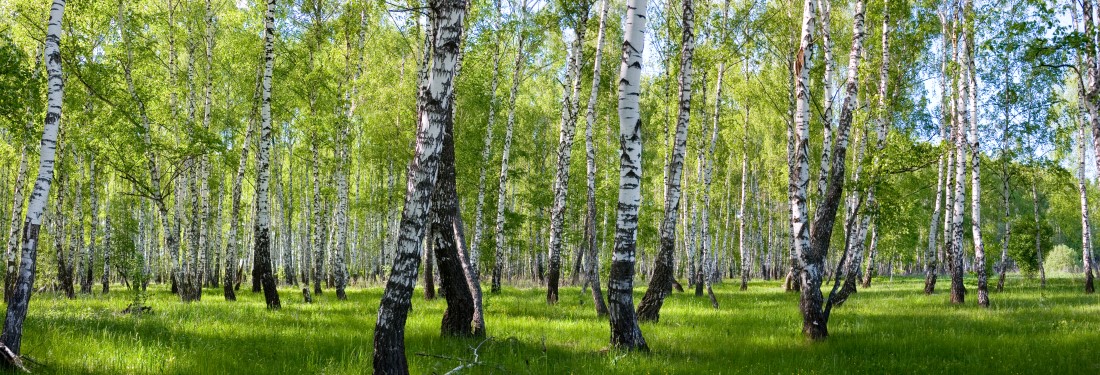Russian inbound tourism increased by 17% in the first three months of 2017. A significant part of the tourist traffic were most likely business travelers, according to the evaluation of experts from the RST (Russian Travel Union).
To assess the inbound tourism in Russia the data of border guard service were used for those who enter the country with tourist visas. However, as stated by spokeswoman of RST Irina Turina, these figures were slightly more optimistic than forecasts of tour operators.
“According to the Russian Border Guard, 295 thousand tourists arrived in the country in the first quarter of the year. This is a 16.8% increase compared to the same period last year,” Irina Turina said. The main growth generator, according to her, is still China and countries in Southeast Asia. Chinese inflow increased by 61%, South Korean by 34% and there were 2.5 times more tourists from Thailand.
Moreover, the inbound tourism from Turkey is very positive too since the number of Turkish tourists doubled. However, it is necessary to point out that last year there were almost no Turkish tourists in Russia. At the same time, 890 thousand tourists from China arrived in Russia in 2016. This is an increase of 34%. From South Korea 143.7 visitors arrived, representing a rise of 23.6%.
As for the European market, the decline continues. Spanish inflow fell by 23.8%, German by 14.7%, Italian by 14% and Finnish by 11%. Great Britain also registered a decline of 6.2%. On the contrary, France showed growth (+4%). In the past year the number of tourists from Germany showed an increase of 8.7%, while US inbound tourism increased by 7.9%.

However, tourist experts point out that the first quarter of the year is not the most significant one for tourism. A large portion of the arrivals during this period are the so called business tourists.